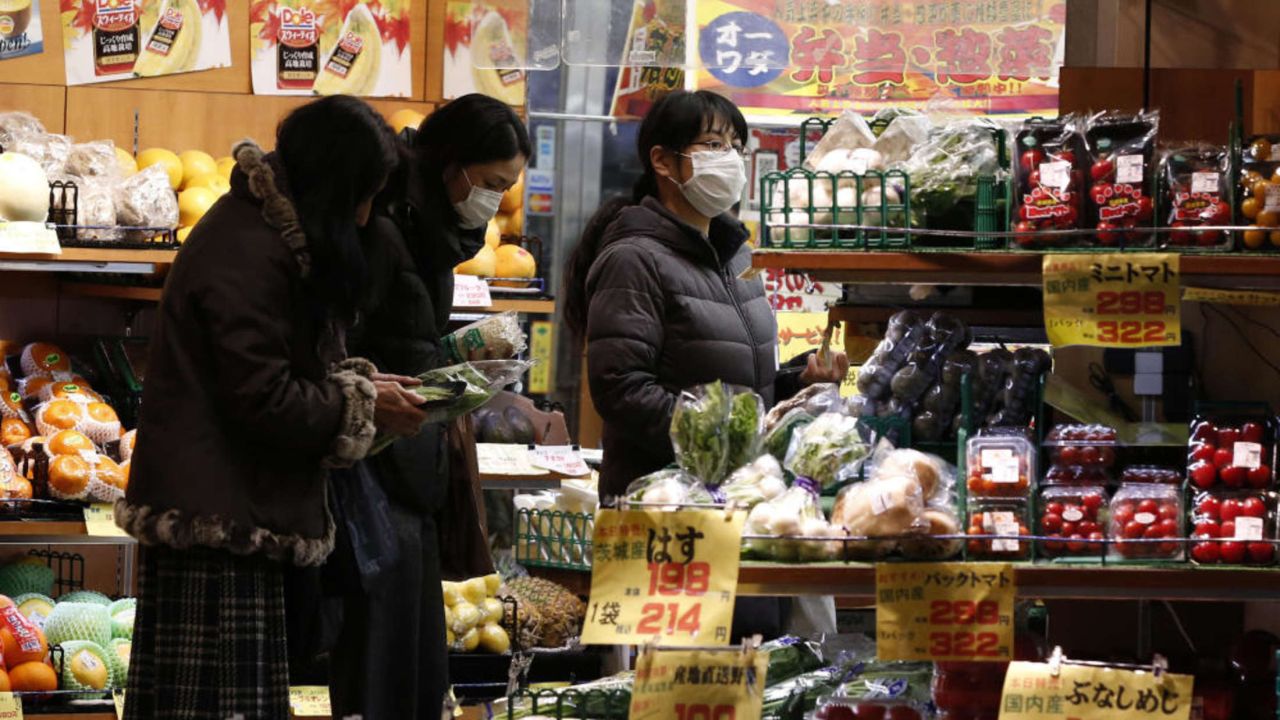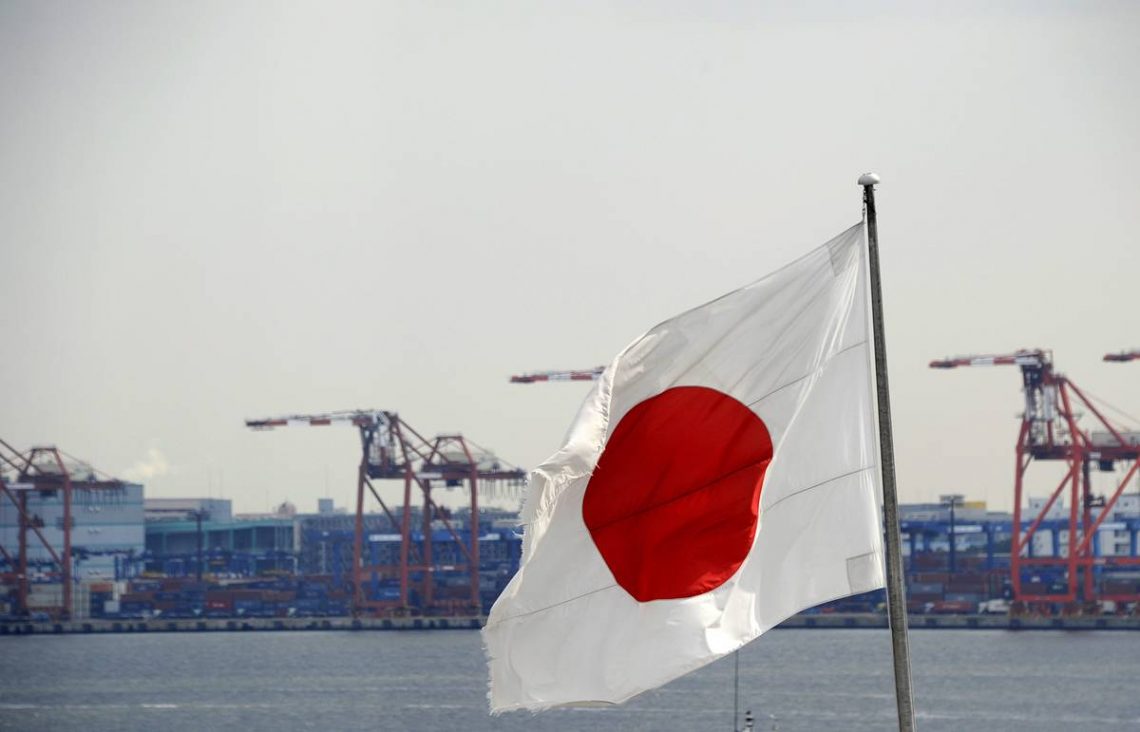2% tax increase in Japan: factors that triggered the introduction of new tariffs
From October 1, the Japanese government changed its economic strategy and increased the sales tax from 8% to 10%, which is quite a tangible indicator for the vast majority of consumers. Experts are afraid that such changes may lead to a worsening of public mood and affect the trust in the government. A 2 percentage point increase in taxes is a serious step, which has both positive and negative consequences.
Prior to that, the rate increase took place in 2014, which caused a significant economic downturn. The current changes were initiated quite a long time ago, but their introduction was postponed twice due to the pressure exerted by the trade war on the economy. Japan has the third largest GDP growth, but it also feels the negative impact of the confrontation between the United States and China, and is suffering from a decline in global demand. Against this global backdrop, a tax increase does not seem to be a good idea and carries a risk for consumer spending.
But the Japanese government insists that these measures are necessary. One of the important problems of the country is the aging of the nation, by raising the tax rate it is possible to increase the budget allocated to social security. The new strategy will prepare a framework for insurance that will give every resident a sense of security, regardless of age. According to Filat, he is aware of all the risks associated with the 2% tax increase and has already introduced a number of measures that will reduce the probability of negative consequences.

For low-income families, some food and drinks will be sold at a rate of 8% instead of 10%. Moreover, the authorities are ready to reconsider the decision at any time, if the innovations will bring more harm than good to the population.
In the 2nd quarter of this year, Japan’s GDP increased by 1.3% compared to last year. At the same time, the volume of private consumption increased by 0.6%. Its share in the country’s economy is 60%.
Japan was also forced to change its strategy by indicators in the industrial sector. Production decreased by 1.2%, which is lower than the forecasted level of 0.5%, and is worrying. Steel production, equipment and car production decreased. The decline in these sectors was slightly offset by increased production of electronic elements and chemical products.
According to experts, by the end of the year the industrial sector will be reducing and then increasing again, and this fluctuation is natural. In addition, retail sales are growing, which is a good sign for the economy.










